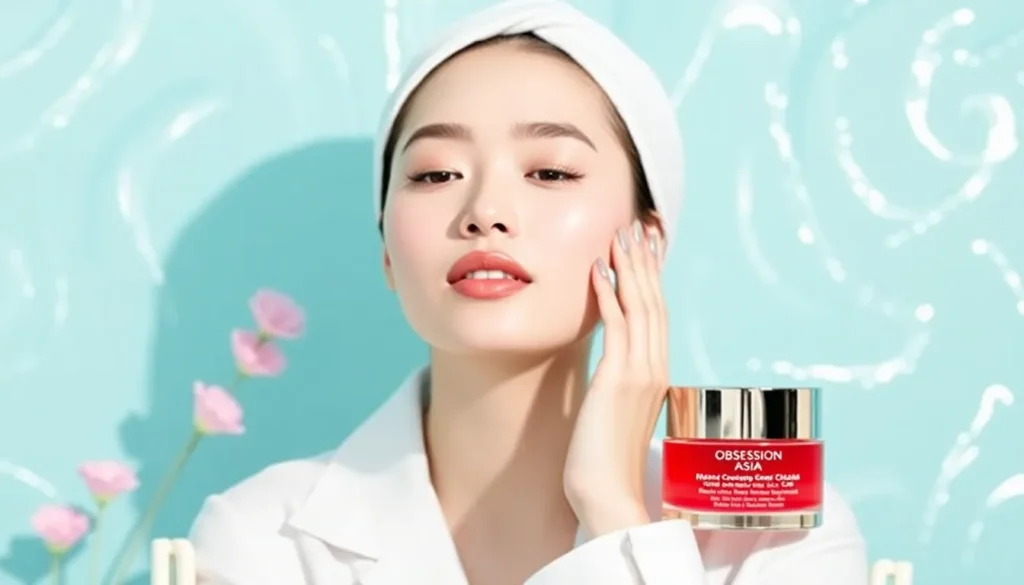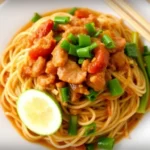Obsession Asia: White Skin Creams for a Radiant Complexion

- The cultural significance of fair skin in Korea
- What do Koreans use to achieve white skin?
- How do Korean women lighten their skin?
- How to achieve extremely white skin safely?
- What do we call people with very white skin?
- The impact of media and societal trends
- Addressing the dangers of skin bleaching
The pursuit of flawless, fair skin has captivated countless individuals around the globe, but nowhere is this obsession more pronounced than in Asia. Particularly in Korea, the idealization of a porcelain complexion is deeply rooted in cultural values, societal standards, and even historical perceptions of beauty. This article delves into the methods and motivations behind the quest for white skin, offering insights into the beauty rituals that have become a significant part of everyday life for many.
The cultural significance of fair skin in Korea
In Korea, having fair skin is often associated with beauty, wealth, and status. Historically, lighter skin was linked to the upper class, as laborers working outdoors developed tans that were not considered desirable. This cultural backdrop has fostered a prevalent belief that fair skin signifies not only attractiveness but also a certain social standing.
The concept of beauty in Korea encompasses more than just skin tone; it integrates a holistic approach to skincare and self-care, reflecting an emphasis on health and vitality.
Many South Korean women grow up with the idea that achieving a lighter complexion is essential to fitting societal beauty standards. This has led to the widespread use of a variety of skincare products and treatments aimed at skin whitening, which are often marketed as essential components of beauty routines.
What do Koreans use to achieve white skin?
The South Korean beauty industry is renowned for its innovative products and diverse range of treatments that cater to the desire for lighter skin. Here are some common methods and products used:
- Sunscreens: Protecting the skin from UV rays is vital, as sun exposure can lead to darkening and pigmentation. The use of high-SPF sunscreens is a routine part of skincare.
- Whitening creams: These creams often contain ingredients such as niacinamide, arbutin, and vitamin C, known for their brightening effects.
- Sheet masks: Popular in K-beauty routines, these masks often include brightening ingredients and are used regularly for a quick boost.
- Exfoliants: Chemical exfoliants with AHAs or BHAs help to remove dead skin cells, promoting a brighter complexion.
- Brightening serums: Serums specifically formulated to even out skin tone and reduce dark spots are commonly used.
Such products not only promise immediate aesthetic improvements but also play into the larger narrative of self-care and personal empowerment.
How do Korean women lighten their skin?
The approach to skin lightening among Korean women is multifaceted. It involves a combination of daily skincare routines, lifestyle choices, and occasional professional treatments. Here are some common practices:
- Layering products: The 10-step Korean skincare routine is famous for its emphasis on layering products, allowing each one to penetrate deeply for optimal effect.
- Diet and hydration: Many believe that a healthy diet rich in antioxidants and adequate water intake contribute to skin clarity and brightness.
- Professional treatments: Procedures such as chemical peels, laser treatments, and microdermabrasion are also sought after for more rapid and noticeable results.
This well-rounded approach to skincare not only aims for a lighter complexion but also promotes overall skin health, reflecting the deep cultural connection to beauty and self-care.
How to achieve extremely white skin safely?
For those seeking to achieve a dramatically lighter complexion, safety should always be the top priority. Here are essential guidelines to follow:
- Consult professionals: Always seek advice from dermatologists or licensed skincare professionals before beginning any intensive treatments.
- Research products: Understand the ingredients in whitening products and their potential side effects.
- Patch testing: Always perform a patch test before using new products to avoid adverse reactions.
- Limit sun exposure: Use protective clothing and seek shade whenever possible to prevent sun damage.
- Maintain realistic expectations: Understand that achieving an extremely white complexion may not be feasible for everyone and that natural skin tones are also beautiful.
What do we call people with very white skin?
In many cultures, individuals with very fair skin are often referred to as "snow white" or “porcelain skinned.” In Korea, such terms might also reflect a more modern twist, with phrases like “milk skin” emerging in popular culture. This terminology not only reflects aesthetic preferences but also highlights the societal pressures surrounding beauty standards.
However, it is essential to approach such labels with sensitivity, recognizing the diversity of beauty across different ethnicities and skin tones.
The impact of media and societal trends
Media representation plays a crucial role in shaping beauty standards globally. In Korea, the influence of K-pop idols and celebrities has amplified the obsession with fair skin. These public figures often promote an idealized version of beauty that includes not only lighter skin but also flawless features.
Social media platforms are flooded with images and tutorials that reinforce the notion that lighter skin equates to beauty and success. This can lead to a cycle of comparison and unrealistic expectations among young people striving to emulate their idols.
As attitudes evolve, there is a growing conversation around embracing natural beauty and diversity, which challenges the longstanding ideals that have dominated Korean culture.
Addressing the dangers of skin bleaching
While many products promise quick results, the dangers associated with skin bleaching treatments cannot be ignored. Some products may contain harmful ingredients that can cause skin damage or health issues. Here are some risks to consider:
- Skin irritation: Many bleaching agents can cause redness, burning, or allergic reactions.
- Long-term damage: Overuse of harsh chemicals may lead to thinning skin and increased sensitivity.
- Increased risk of skin cancer: Certain bleaching products can elevate the risk of skin conditions, including cancer.
Awareness and education are vital in combating these risks, promoting safer alternatives and fostering a more inclusive understanding of beauty.
For those interested in exploring the beauty standards and practices of Korea further, this video offers a fascinating look into the obsession with fair skin:
Ultimately, the desire for fair skin in Korea encapsulates a complex interplay of cultural significance, personal identity, and societal expectations. As the narrative around beauty continues to evolve, it is crucial to embrace diversity and promote healthy self-image, recognizing that beauty comes in all shades.





Deja una respuesta